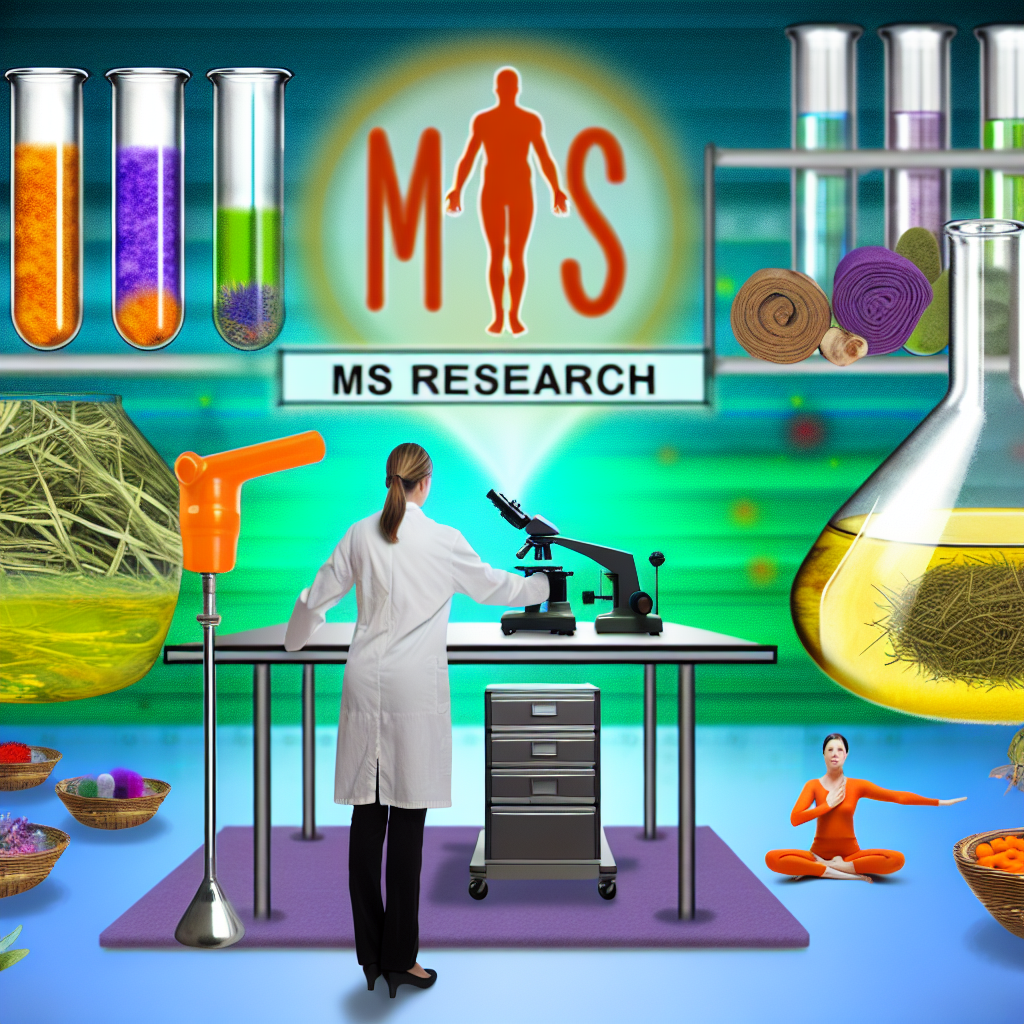An individual experiences emotions of pleasure and euphoria as a result of the binding of endorphins to opioid receptors, which are natural substances that are produced by the body. Here is a more in-depth look:
In terms of their chemical makeup, endorphins are structurally comparable to opioid medicines such as morphine; nevertheless, they are significantly less potent. While they bind to the same opioid receptors in the brain, their effects are distinct from one another.
Endorphins, on the other hand, are chemicals produced naturally in the body and are important for regulating pain, pleasure, and mood. They provide pain relief and pleasure simultaneously. In reaction to a variety of stimuli, such as physical activity, stress, and pain, the pituitary gland and the hypothalamus release endorphins inside the body.
Although endorphins also provide some relief from pain, they are largely responsible for eliciting emotions of pleasure and euphoria.
On the other hand, opioids are associated with an increased risk of addiction in addition to other negative consequences.
The effects of opioids and endorphins on the management of pain are comparable; nevertheless, there are a few significant distinctions between the two. The fact that opioids are more powerful and have a quicker onset of action than endorphins makes them a viable alternative for the management of severe pain disorders.
On the other hand, opioids are associated with an increased risk of addiction in addition to other negative consequences, such as inhibiting respiratory function and causing constipation.
Conversely, endorphins are a natural and risk-free method of alleviating pain and enhancing one’s happiness. Because they are released in reaction to exercise, physical activity is frequently advocated to relieve chronic pain. This is because they are released.
Endorphins can also be stimulated through other activities, such as meditation, laughter, and interpersonal interaction.
In a nutshell, opioids and endorphins are simultaneously significant players in the field of pain management. Opioids are effective because they block pain signals. Still, endorphins are responsible for eliciting sensations of pleasure and providing some relief from pain. Even though opioids are beneficial in the management of severe pain, they also come with a higher risk of addiction in addition to other adverse effects.
The reward system is a network of neurons in the brain that is involved with pleasurable experiences.
On the other hand, endorphins are a natural and risk-free method of managing pain and improving mood. A variety of activities like exercise and meditation can increase them.
The reward system is a network of neurons in the brain that is involved with pleasurable experiences. When a substance binds to opioid receptors, it activates the reward system, which in turn motivates us to engage in behaviors such as exercising, which releases endorphins.
Extra Points to Consider:
In contrast to opioid medicines, endorphins have a shorter lifespan, which means that the emotions of pleasure and euphoria that are induced by physical activity are often only transient.
Endorphins come in various forms, each with a slightly distinct set of consequences over time. Beta-endorphin is the type of endorphin most commonly connected with the “runner’s high” that results from physical activity.
Although endorphins play a crucial role, they are not the only reason physical activity seems to have a positive effect. Several additional elements, such as improved blood flow to the brain and decreased levels of stress hormones, also play a role.
All things considered, endorphins are an intriguing illustration of the body’s natural reward system. They play a significant part in increasing emotions of well-being and happiness and driving healthy activities such as exercise.

Dominic E. is a passionate filmmaker navigating the exciting intersection of art and science. By day, he delves into the complexities of the human body as a full-time medical writer, meticulously translating intricate medical concepts into accessible and engaging narratives. By night, he explores the boundless realm of cinematic storytelling, crafting narratives that evoke emotion and challenge perspectives.
Film Student and Full-time Medical Writer for ContentVendor.com




